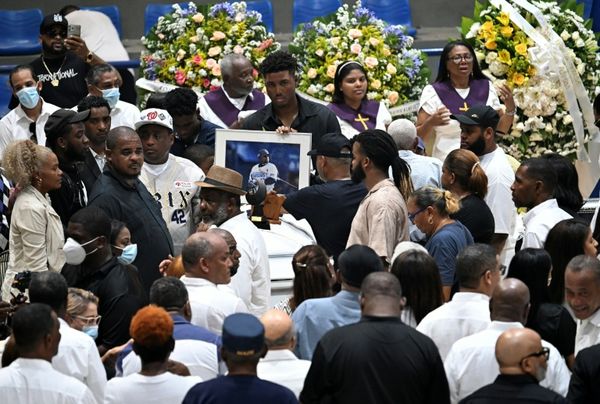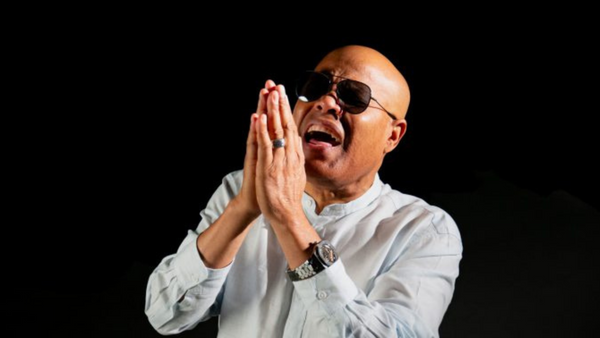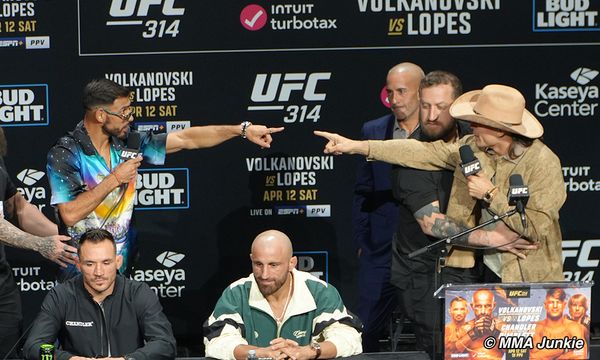
It’s 1992 and business is booming on the 19th floor of the Lipstick Building in midtown Manhattan. Here, Wall Street statesman Bernie Madoff presides over his “risk-less” trading empire. The man is revered as a magician: a god of finance renowned for being “almost all-knowing” about the market. A warm family atmosphere exudes from his immaculate offices, up and down which Madoff is known to parade with a cigar clamped between his lips, swivelling a computer monitor back into position if he deems it an inch askew. No plants or photo frames are permitted on desks. The colour scheme, replicated in Madoff’s private jet, must be adhered to like the man. Yes, it’s true that he can be a brutal, controlling bully but he’s also a kind, generous, brilliant family man. You get the drift. This is how the myths of such men are spun. Just once, on a serious documentary such as Madoff: The Monster of Wall Street (Netflix), I’d love a talking head to say: “He wasn’t an evil genius. He was a nasty, mediocre, morally bankrupt, dangerous arsehole.” Maybe next time.
Two floors down is another business. Madoff’s secret unregistered investment advisory firm, born in the early years of his career and dodgy from the outset. No trades take place here. Madoff takes the money, promises a return, then gives it to someone else. It’s a Ponzi scheme, and by the time the game’s up more than a decade later it’ll be worth a staggering $64bn. Here, fake paper trails and computer systems are created by working-class high-school graduates groomed from a young age to do Madoff’s dirty work. In stark contrast to the 19th floor, it’s a mess of paper, mid-1980s computers, dot matrix printers, filing cabinets, and an area known as The Cage where, according to one anonymous ex-17th floor employee, “everything was going down”. “Holy shit,” is a former FBI agent’s response as they recall the moment in 2008 when his team stormed the building and the scale of the biggest criminal enterprise in the history of Wall Street was revealed. “It was like walking into a time warp.” And yet everyone turned a blind eye, for decades.
Madoff: The Monster of Wall Street is full of such grimly fascinating details. Joe Berlinger’s pacy four-parter treats the jaw-dropping story as a financial thriller, which makes sense. All the elements are here, from Madoff’s humble beginnings growing up in Queens, NY, as the grandson of Jewish immigrants to his death in prison at the age of 82 while serving a 150-year sentence. And it’s right that this deep dive is more concerned with the how than the why. After all, this system, which was powered by profit and greed, might not have made the monster, but it sure allowed him to grow.
The access is impressive. Everyone is here, from Madoff’s secretary to my favourite character, Harry Markopolos, the classic gumshoe (in this case a financial analyst). It took Markopolos less than five minutes to figure out that Madoff – by this point operating as a secret hedge fund manager – was running a Ponzi scheme. He harassed the Securities and Exchange Commission (SEC) for nearly a decade, firing off emails with such subject lines as, “The world’s largest hedge fund is a fraud”. The SEC, on whose advisory committees Madoff often sat, did next to nothing. “I realised I was at personal risk,” says Markopolos, on learning that Madoff was managing money for some of the world’s most dangerous people (and prestigious banks). “I started carrying a gun and checking my vehicle for bombs.”
It’s all very entertaining, what with the New York Stock Exchange-style display graphics running along the bottom of the screen, slow-mo actor re-enactments, and requisite shots of apoplectic brokers on the trading floor. But I think I’m done with being entertained by the true crimes of unaccountable men. At least Madoff: The Monster of Wall Street gives due voice to the victims whose stories are so often overlooked in white collar crimes. Like the Jewish community of Palm Beach, on whom Madoff preyed for years. “Did people trust him more because he was Jewish?” asks Rabbi Leonid Feldman. The answer is yes. It was inconceivable that one of their own would defraud them.
But this is the world of finance, not some satisfying Hollywood thriller. Though Madoff was handed to the SEC on a silver platter for years – once, astonishingly, by himself – it was his sons who turned him in. Perhaps the grubbiest detail of all is the fact that it was the financial crash of 2008 that finally put a stop to a man described here as a “financial serial killer”. All the institutions did – whether government, regulators or banks – was enable him. If the crash hadn’t happened, Madoff might still be operating today. Who knows how many others have since risen to take his place? What an indictment.







